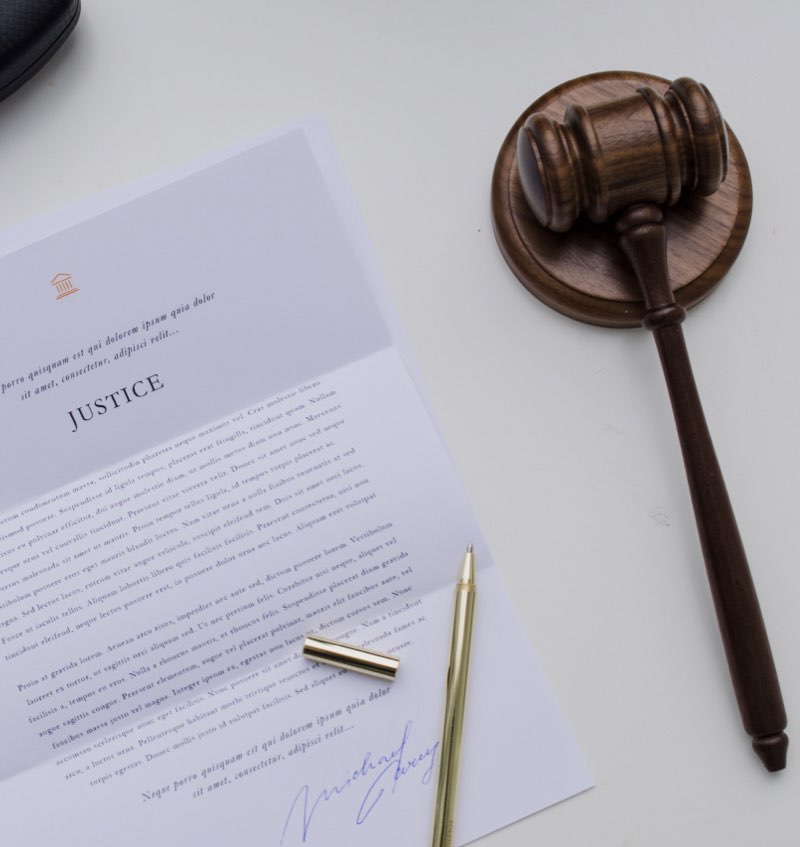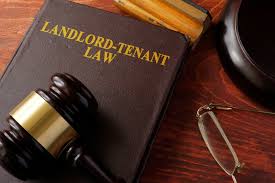Premises Liability & Personal Injury
A tenant’s personal injury can happen in many ways: fire in the building, a fall on dilapidated steps, lead or mold exposure, carbon monoxide exposure, vermin or insect infestation, faulty repairs, and criminal conduct, such as rape, assault, and robbery.

IS MY LANDLORD LIABLE FOR MY INJURY?

The legal principal that holds a person accountable for harm to another person is called negligence. For a landlord to be held responsible for an injury to a tenant on the premises, the landlord must have been negligent in caring for the property, and their negligence must have caused the tenant’s injury. To prove a claim for negligence, a tenant must show the following:
- The landlord had a duty to reasonably maintain the property;
- The landlord knew or should have known of the dangerous condition;
- The landlord breached their duty by failing to repair/fix the dangerous condition;
- The landlord’s breach caused the tenant to suffer an injury;
- The plaintiff suffered actual damages.
WHAT IF MY LANDLORD LEFT A SAFETY ISSUE UNFIXED?
Many tenant personal injury claims stem from the “implied warranty of habitability”. Landlords that are absent, unresponsive, and unconcerned over the safety of their buildings can put tenants in dangerous situations that may cause injuries. The Court has held that all residential rental agreements contain an “implied warranty of habitability”, which means that regardless of what your lease says, your landlord has a duty to ensure the property is livable, safe, and not in need of repair.

DANERGOUS OR UNSAFE LIVING CONDITIONS?

Depending on the severity of the repair issues, a tenant may have claims against a landlord that can be litigated in Superior Court. For major, ongoing violations, such as infestation of bed bugs, cockroaches, no heat, mold, sewage and roof leaks, rodents, holes in walls, security lapses, and electrical and plumbing issues, an attorney may take a case on contingency. When a case is taken on contingency, the client does not pay until money is recovered. Damages in an affirmative lawsuit can include return of rent paid, payment for emotional suffering, and damages for physical harm.

